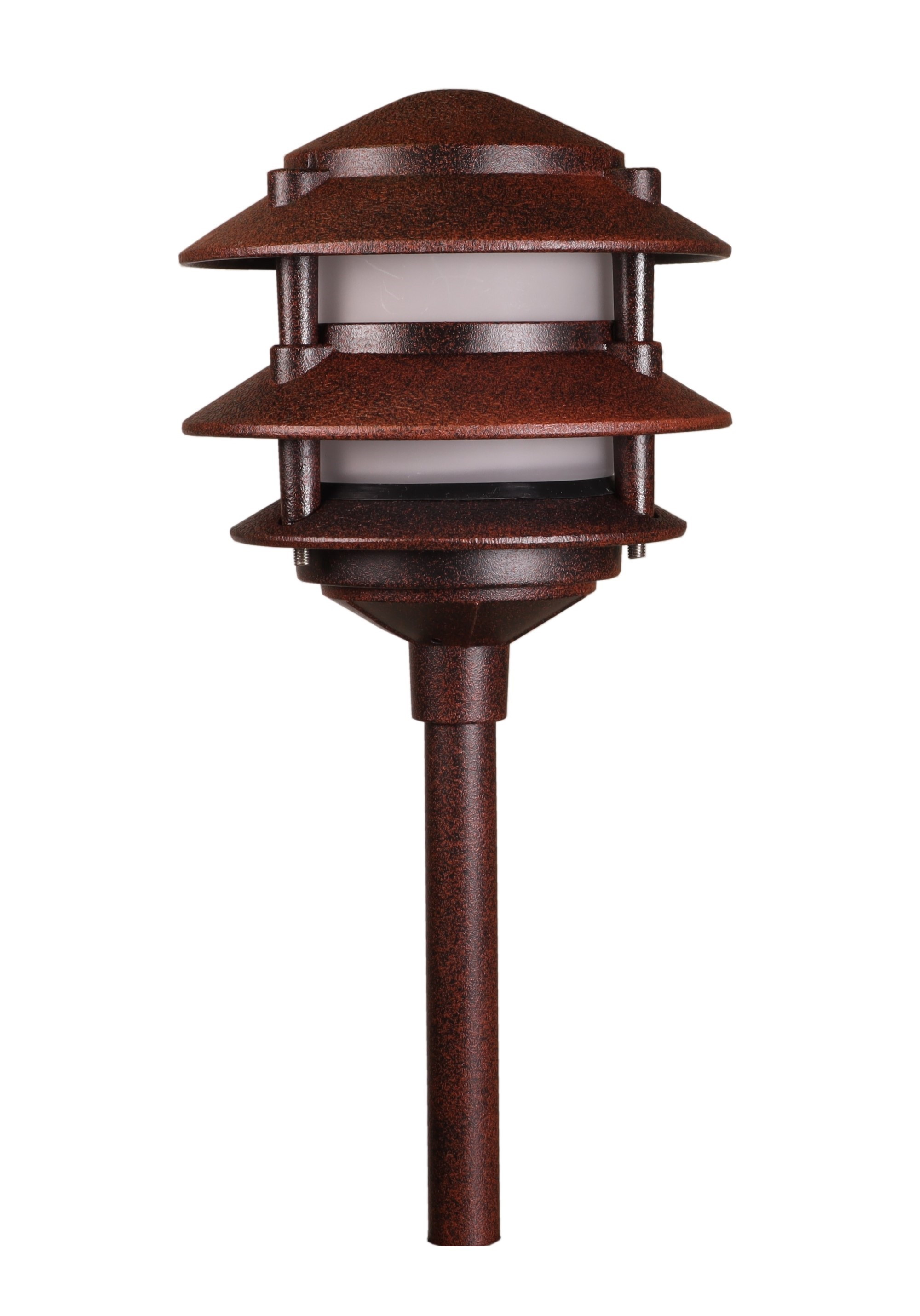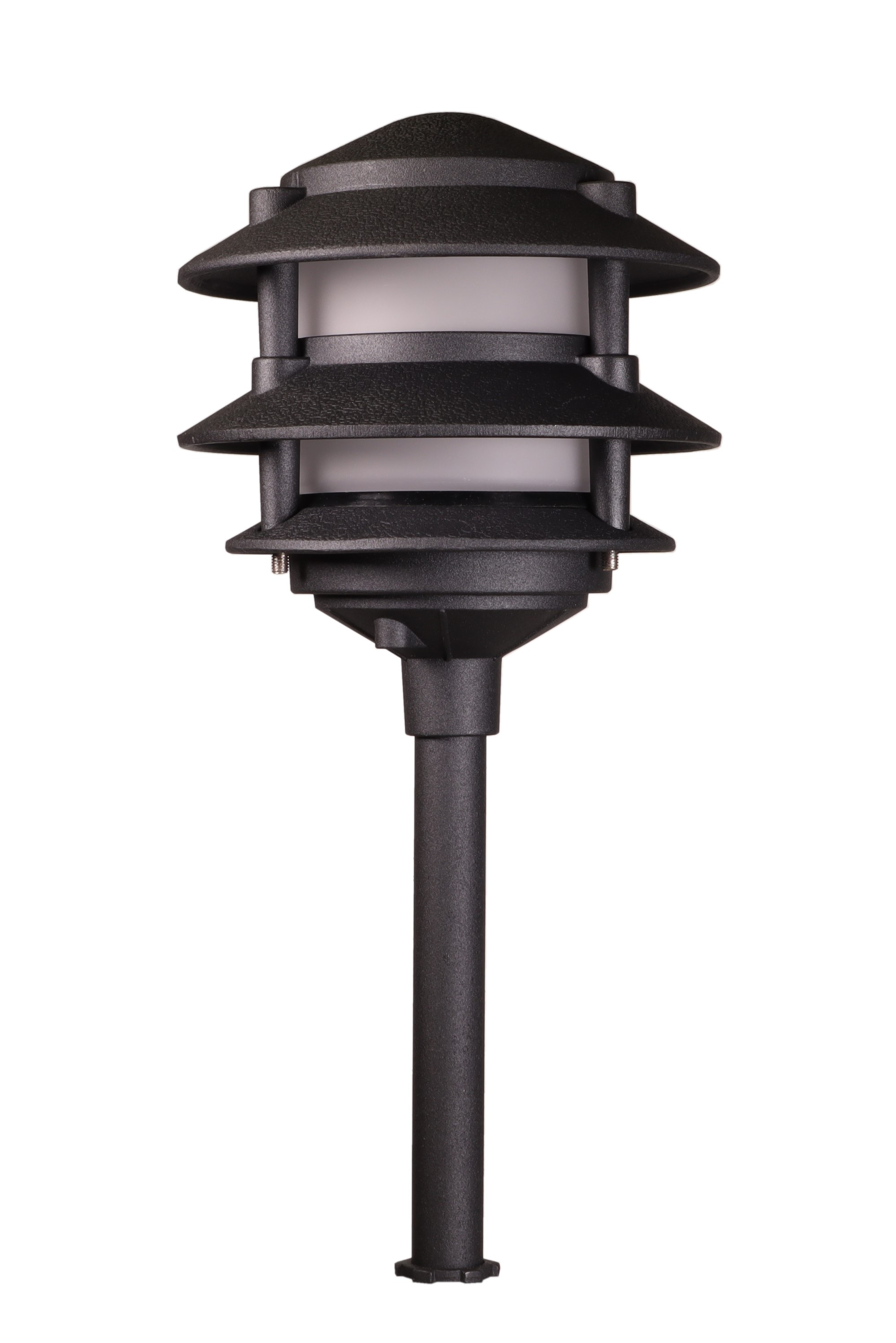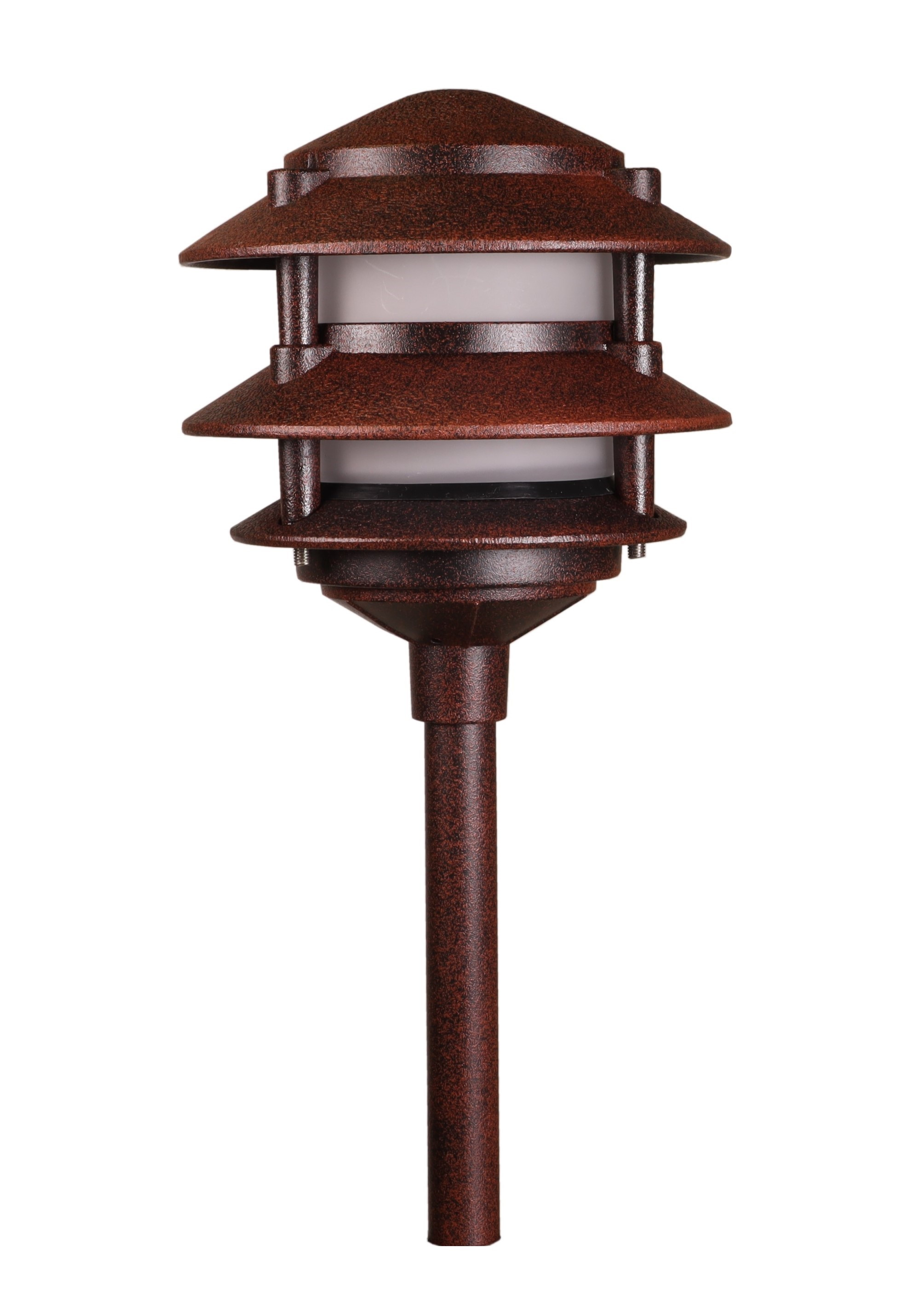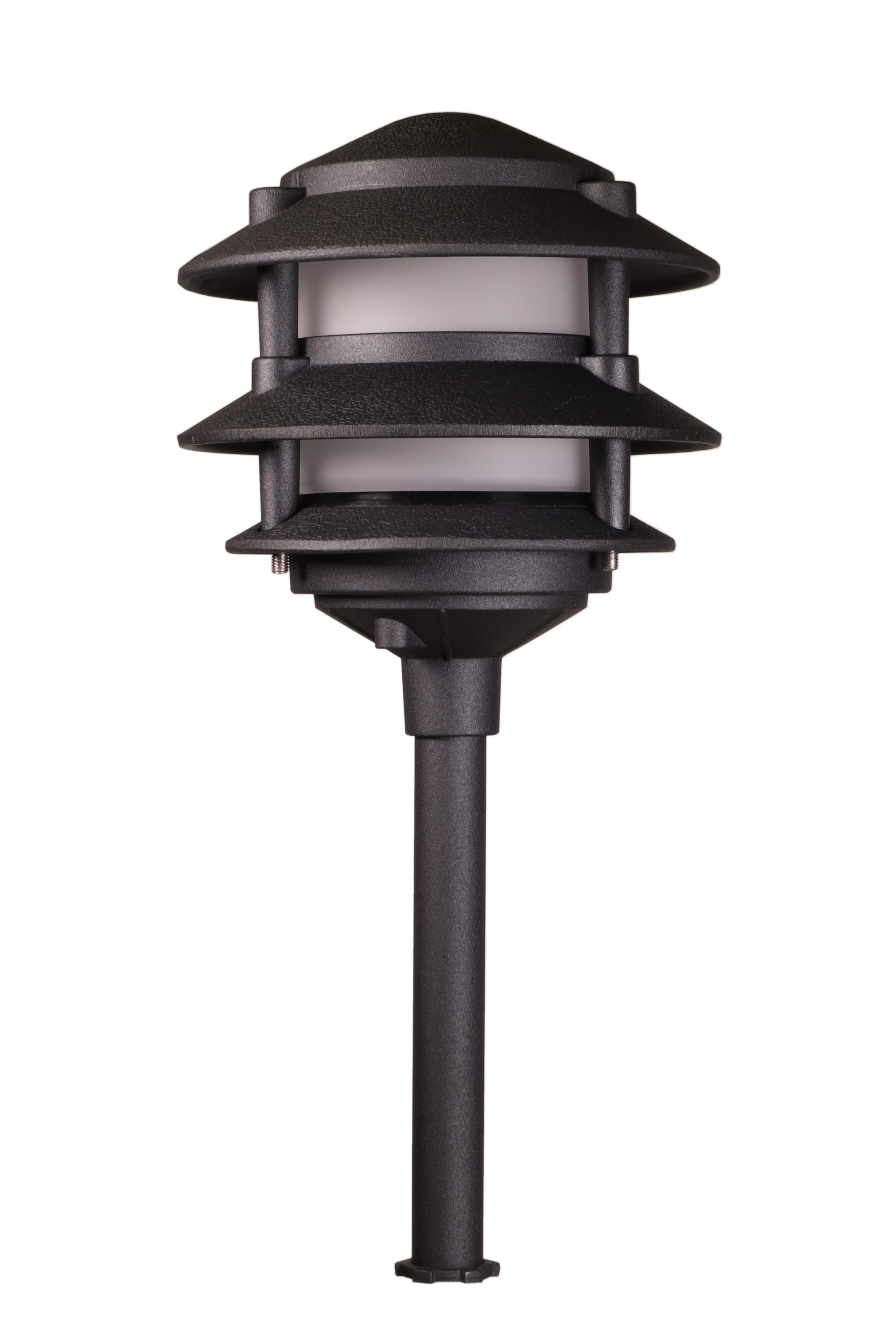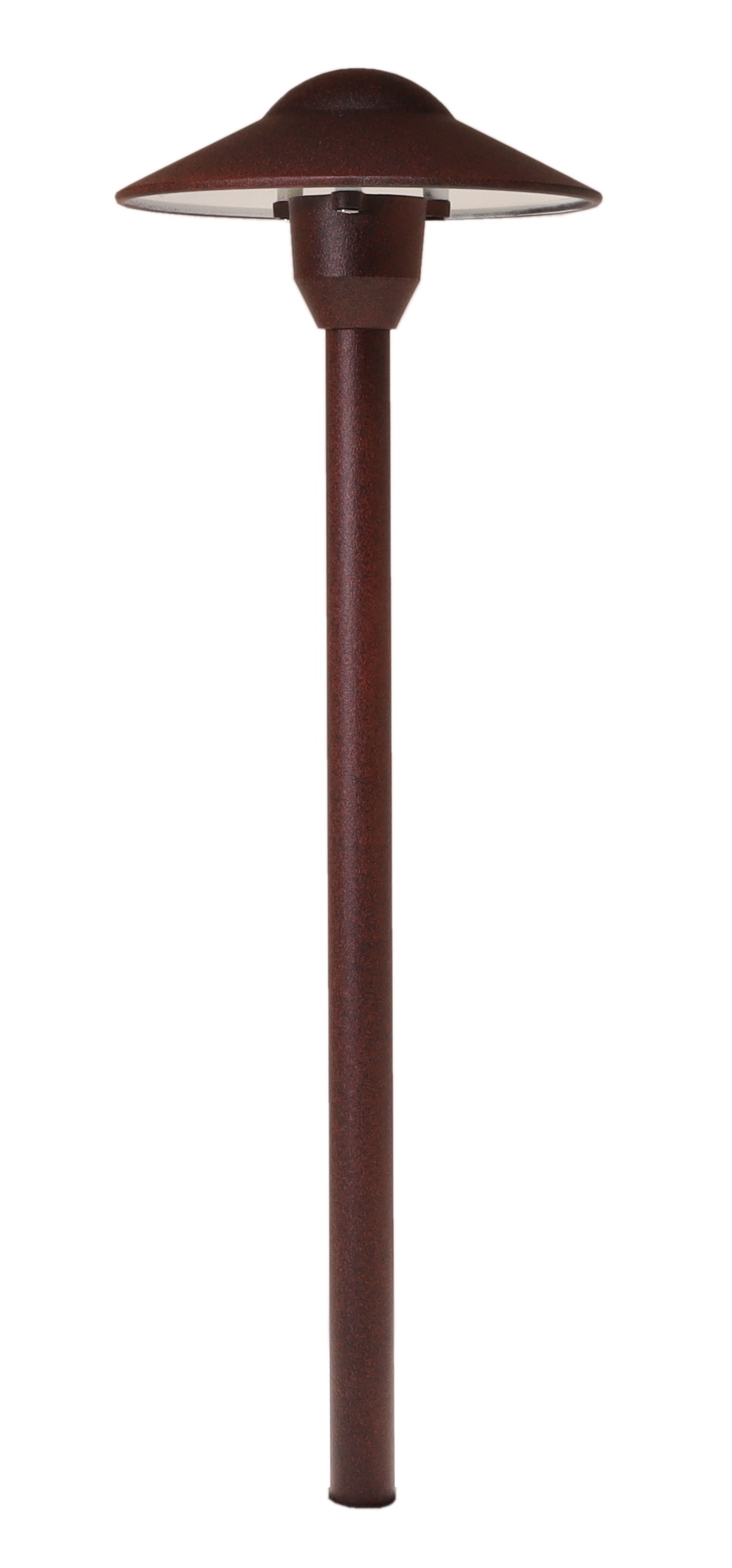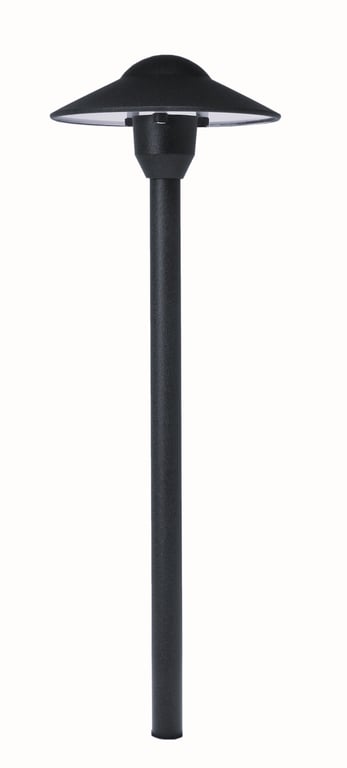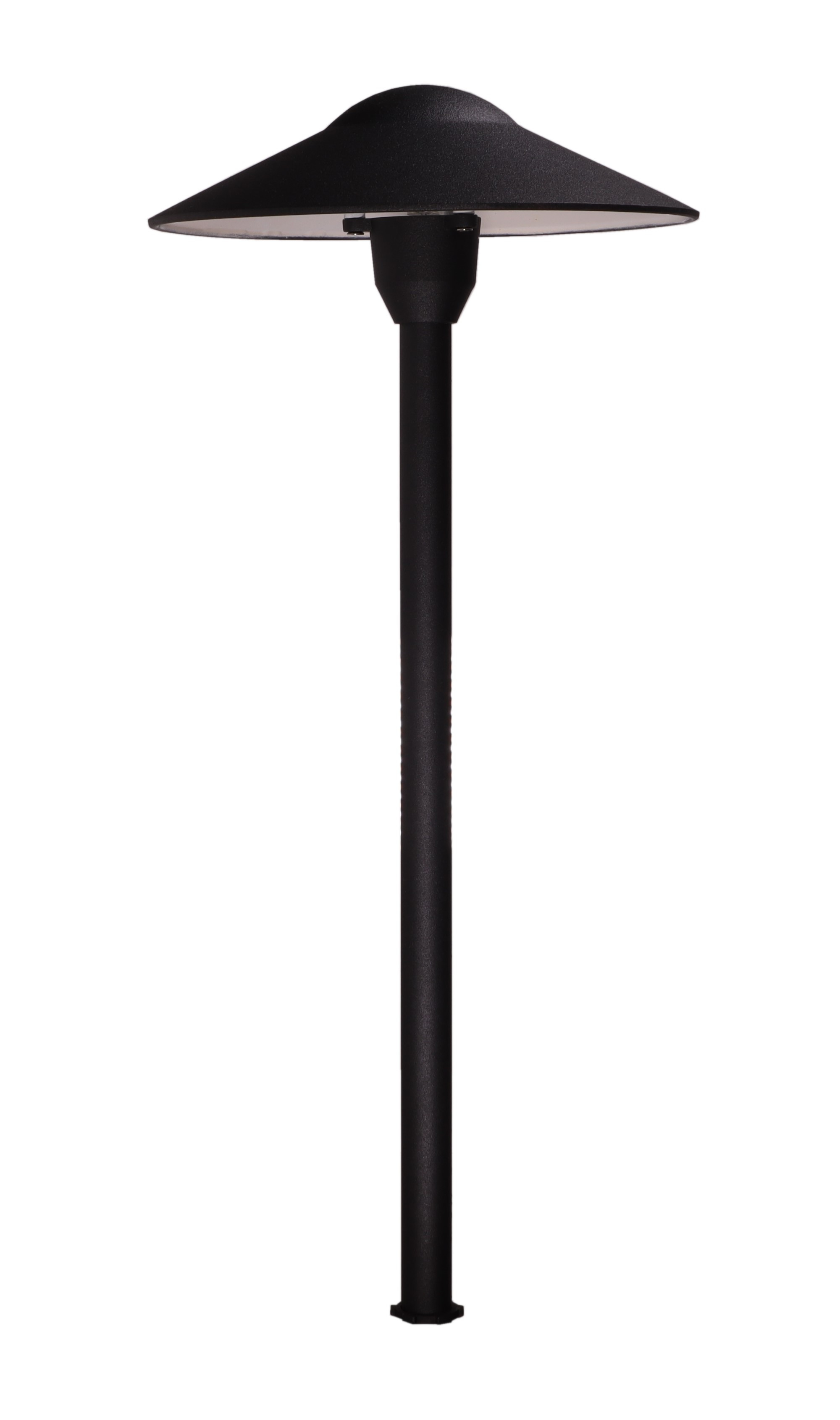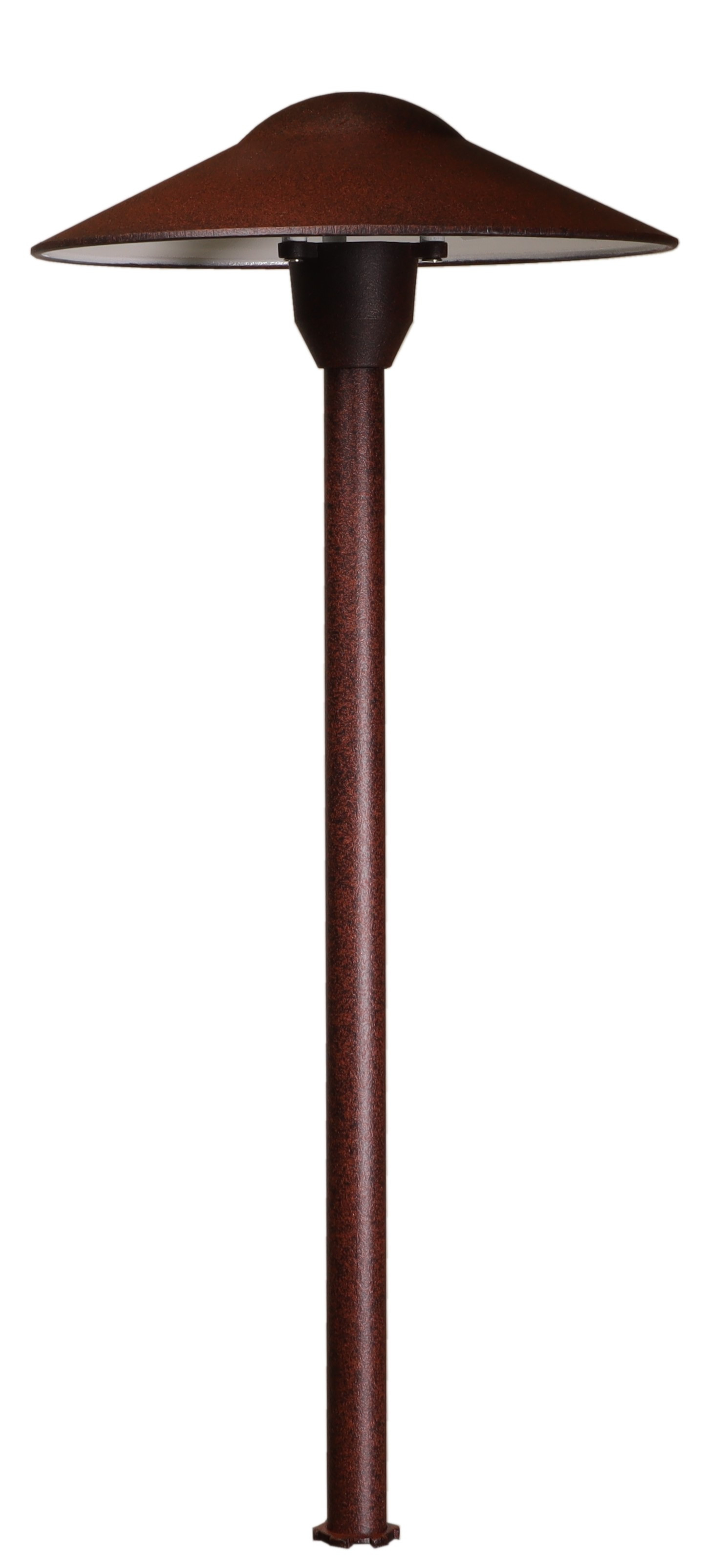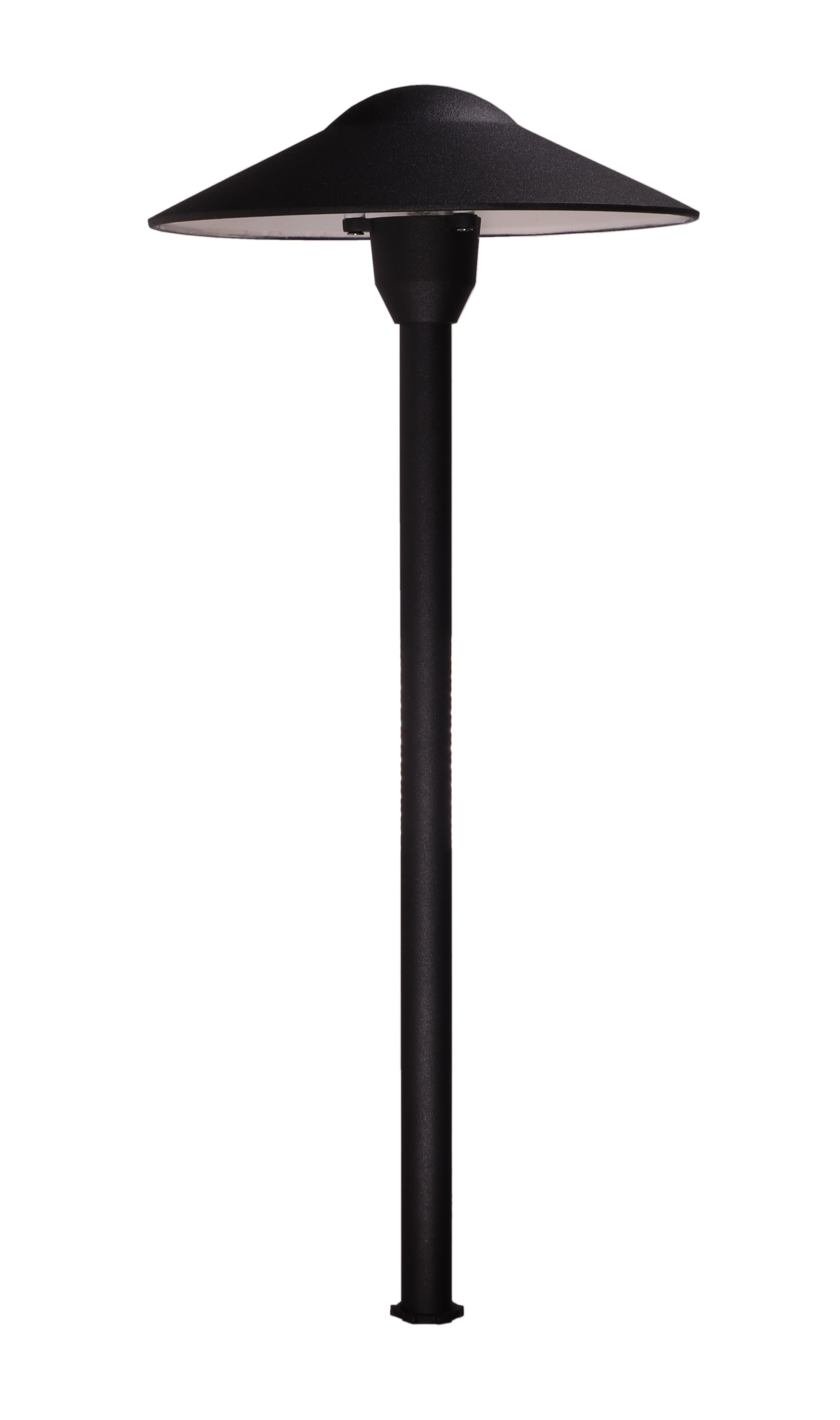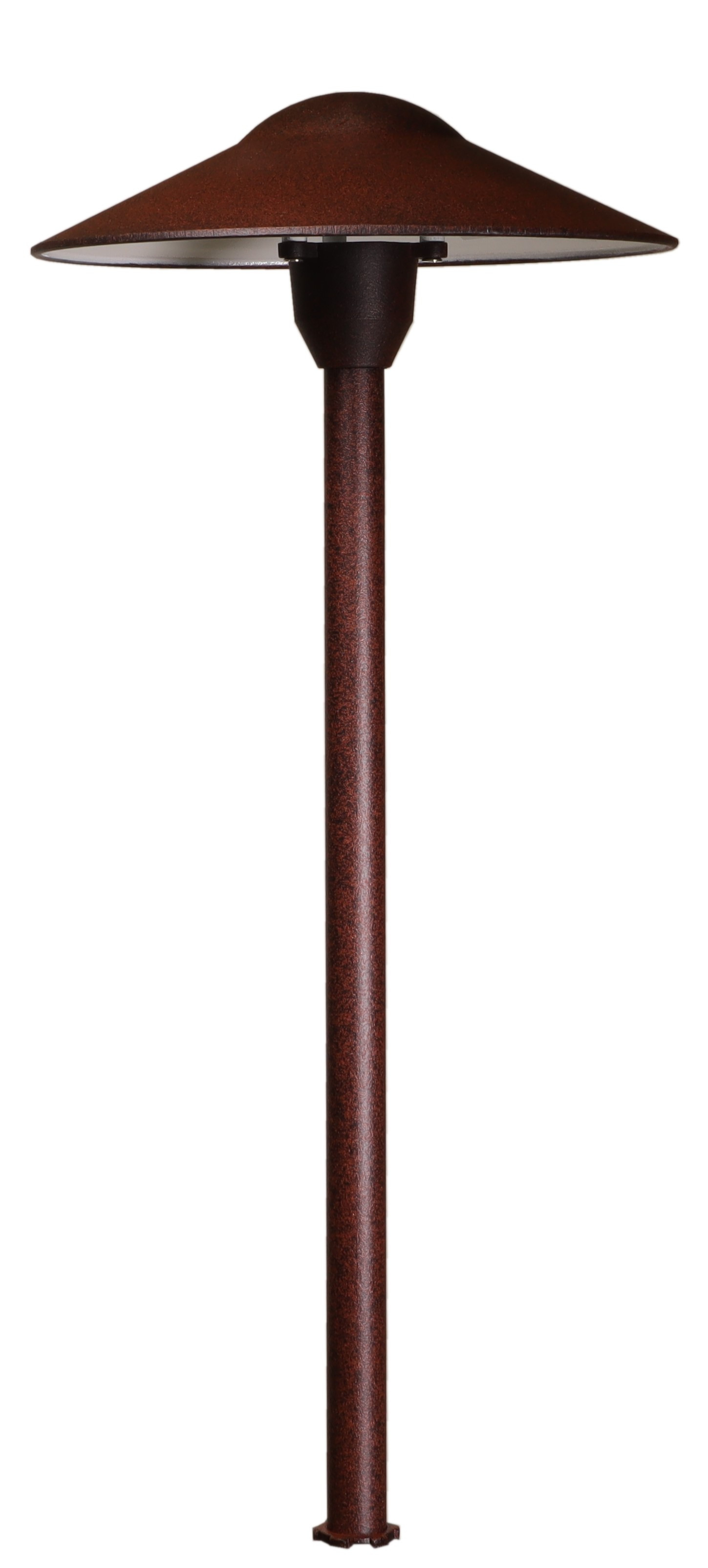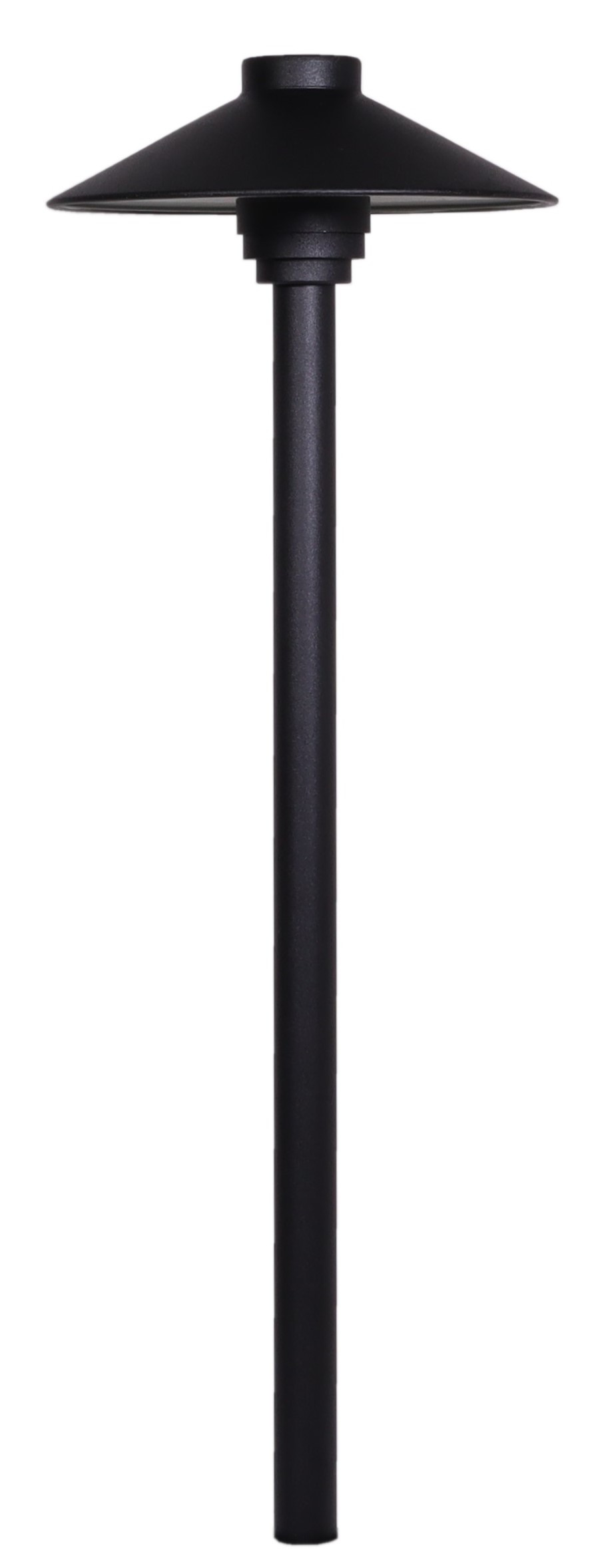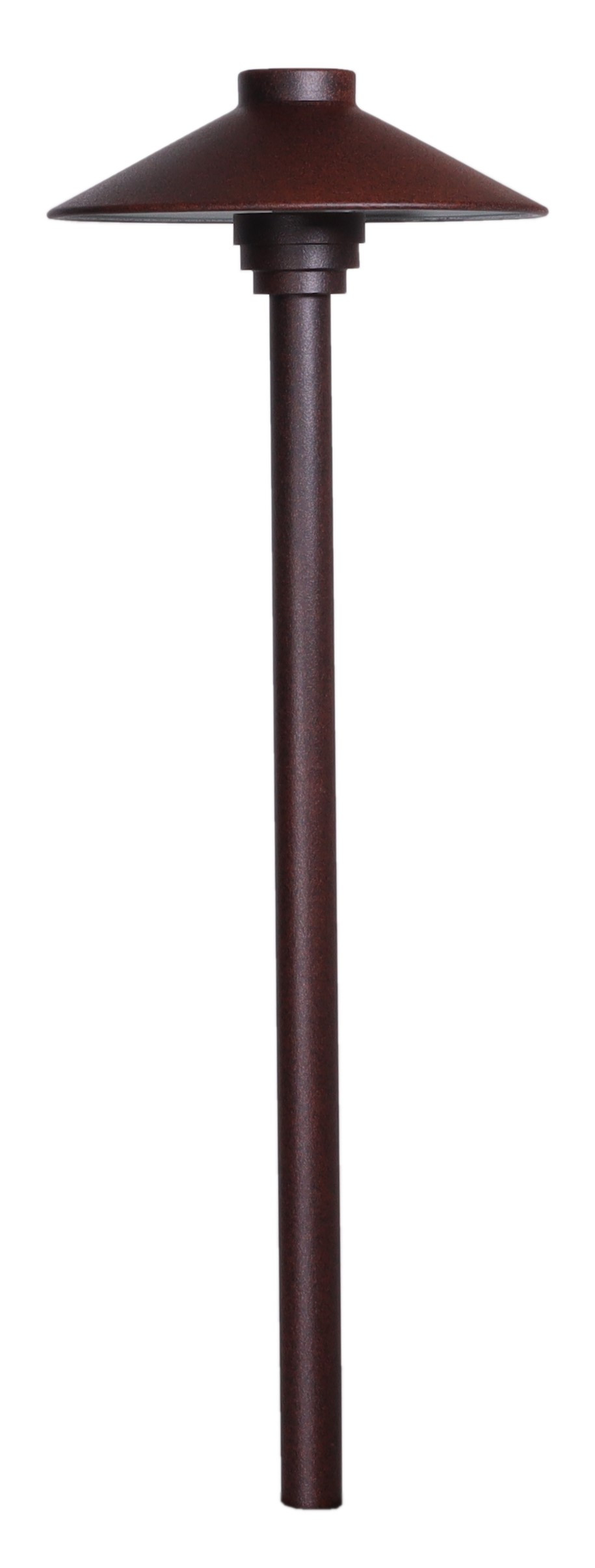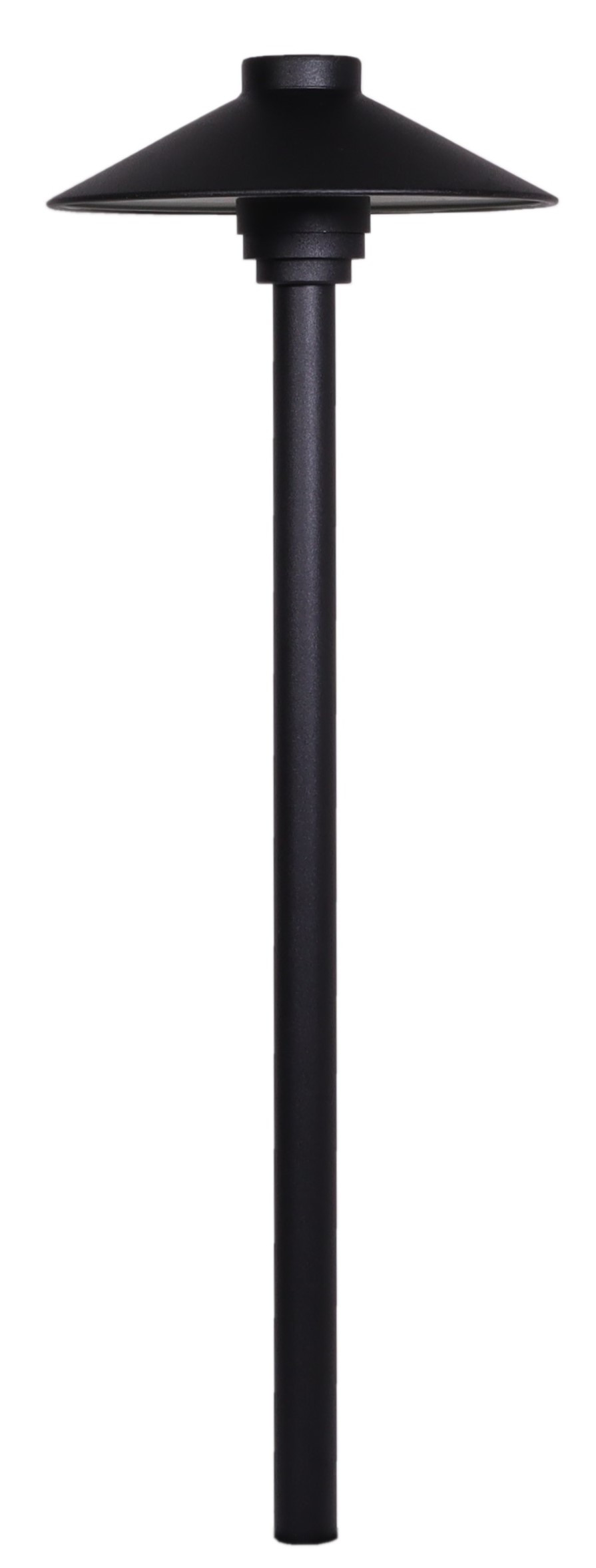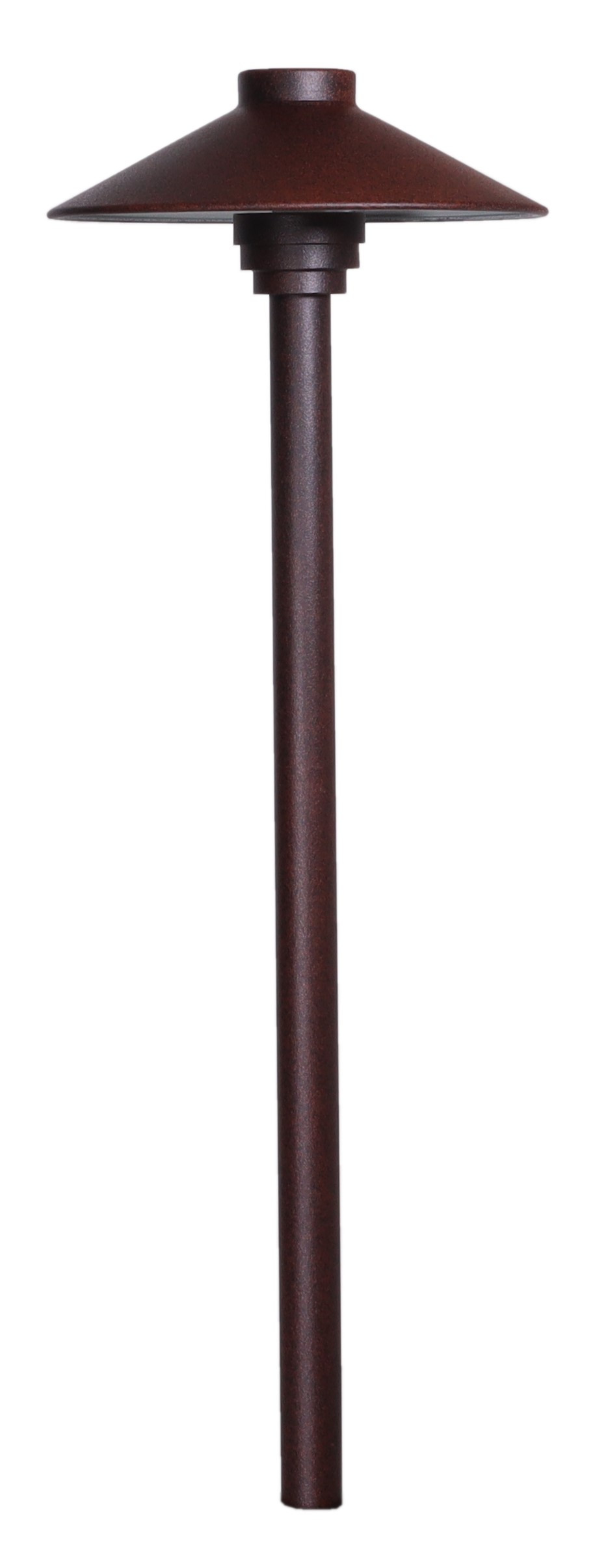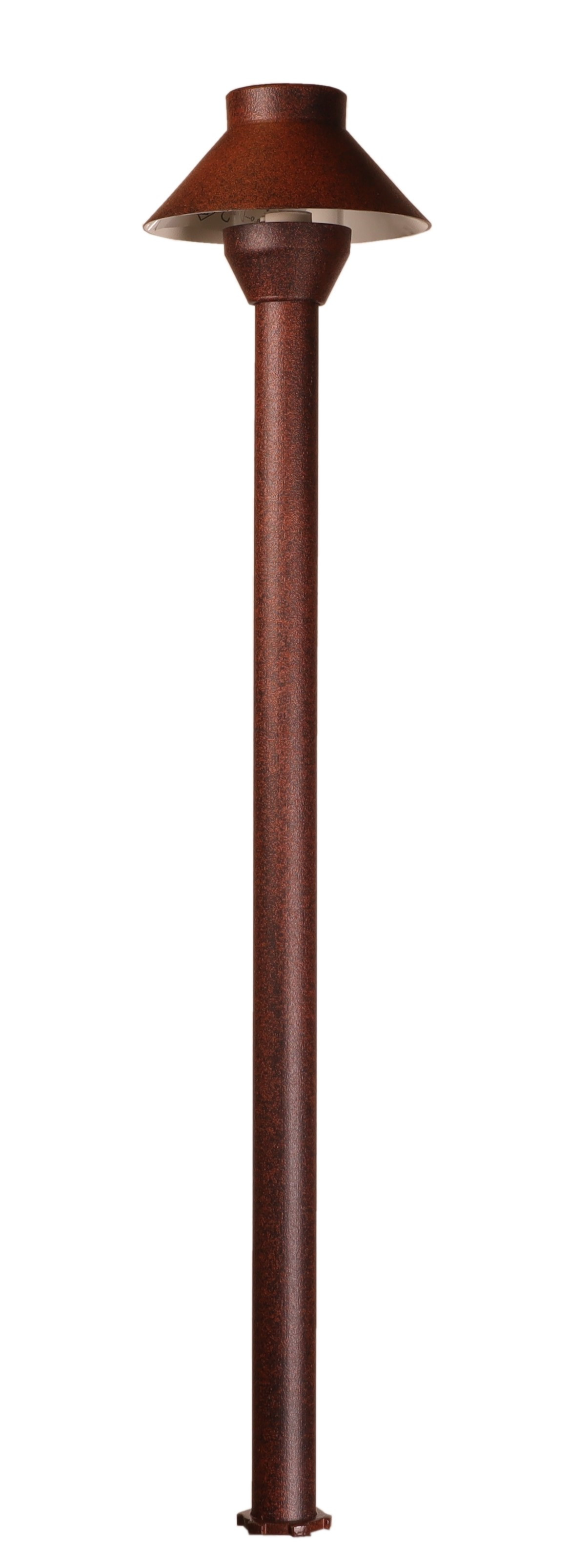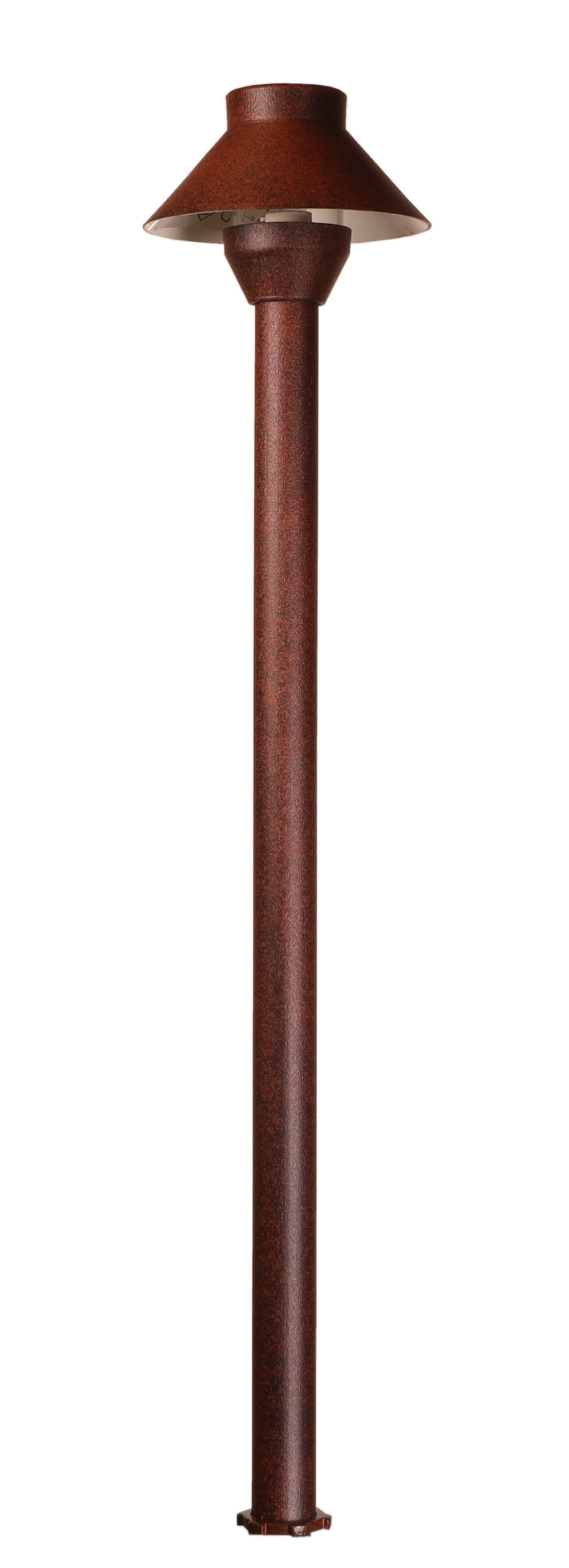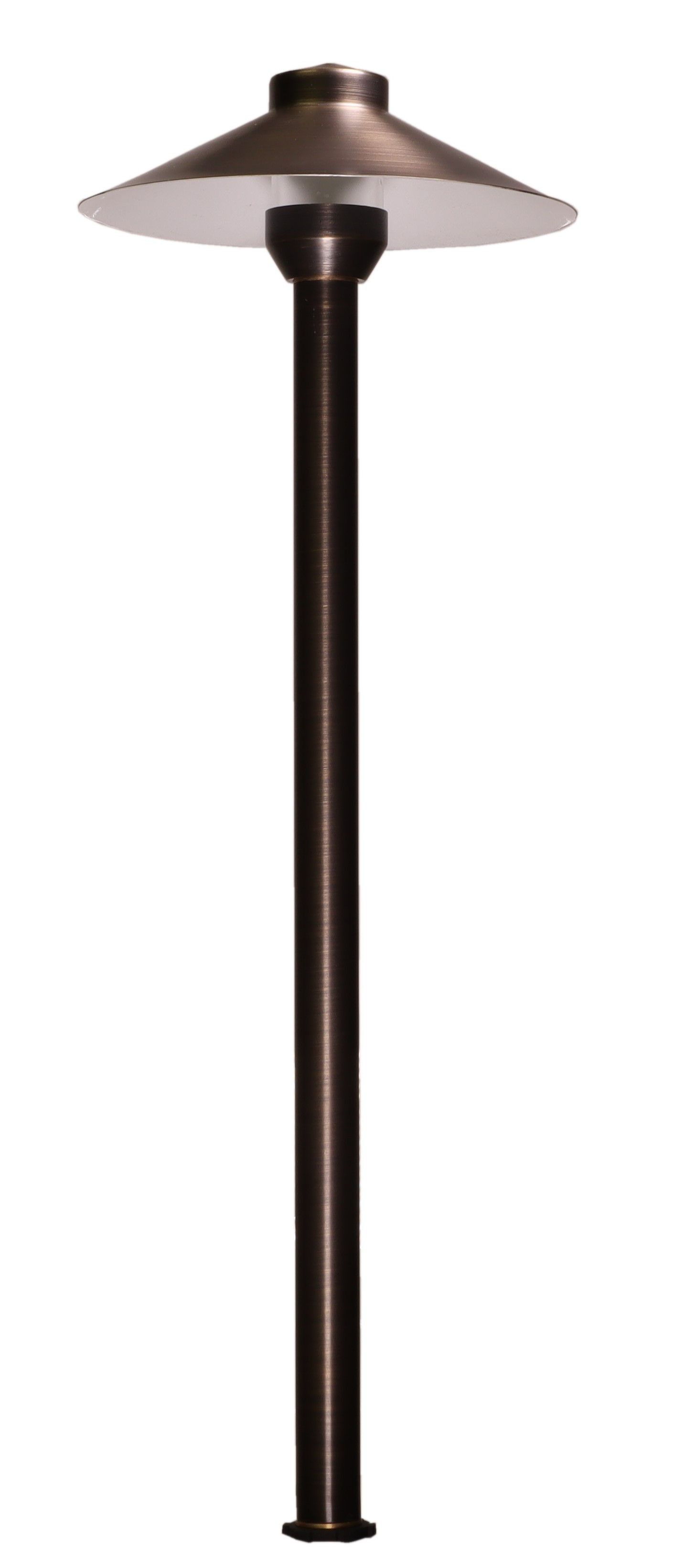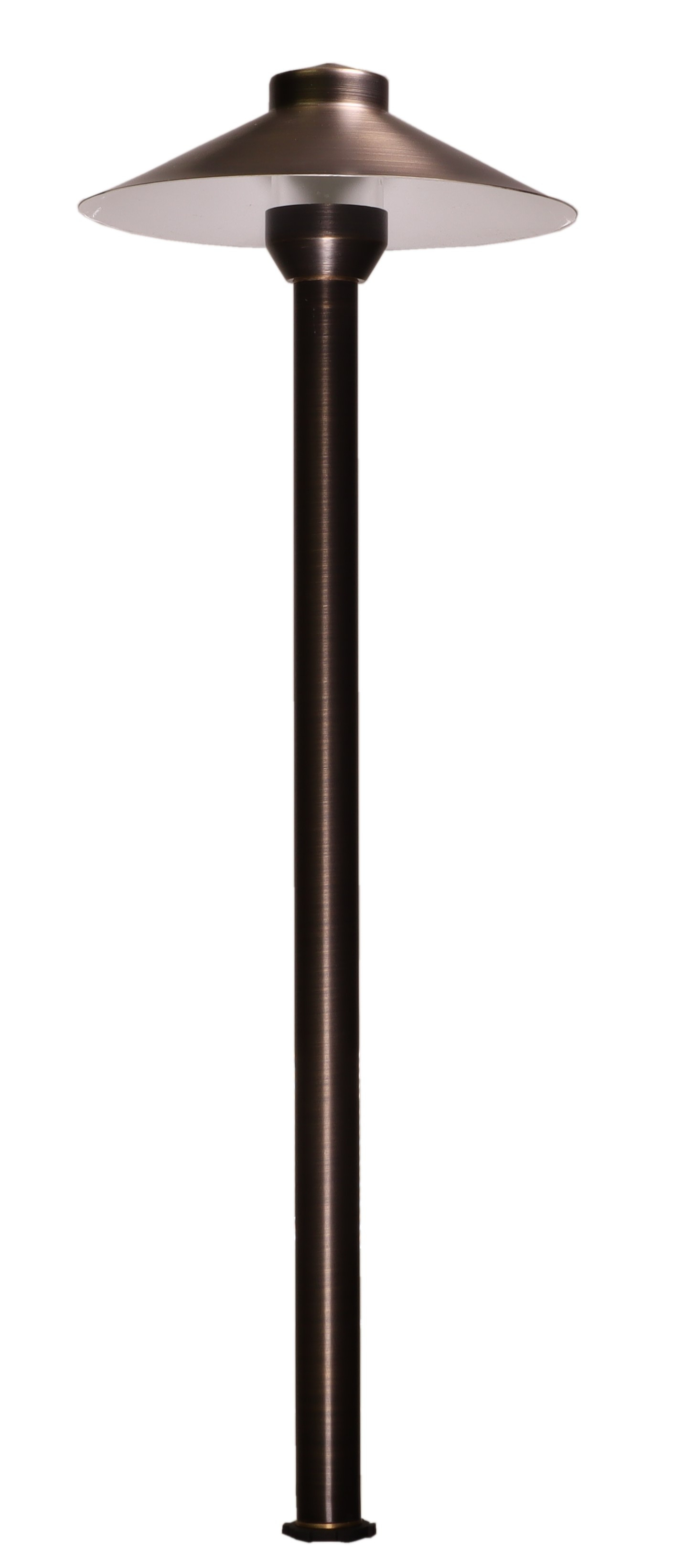Looking for the best low voltage landscape lighting for pathways, walkways, driveways, gardens, and more? Our top-tier selection offers the best landscape lighting solutions—combining safety, style, and efficiency. Low voltage path lights are high-quality outdoor lighting fixtures that offer the same vibrancy as traditional pathway lights, whale operating at a lower voltage when compared. As a top-rated choice for landscaping and outdoor lighting projects for commercial and residential purposes, these lights offer low-level brightness, as well as safety, efficiency, and...
Looking for the best low voltage landscape lighting for pathways, walkways, driveways, gardens, and more? Our top-tier selection offers the best landscape lighting solutions—combining safety, style, and efficiency. Low voltage path lights are high-quality outdoor lighting fixtures that offer the same vibrancy as traditional pathway lights, whale operating at a lower voltage when compared. As a top-rated choice for landscaping and outdoor lighting projects for commercial and residential purposes, these lights offer low-level brightness, as well as safety, efficiency, and aesthetic appeal.
Why Choose the Best Low Voltage Landscape Lighting for Your Outdoor Space
While the list of features and benefits are endless, listed below are the top advantages of using low voltage path lighting:
- Low voltage operation: Low voltage path lights typically operate between 12 to 24 volts, which is much lower than the standard 120-volt system. When path lights are low voltage, the system is safer and easier to work with, making it more suitable for outdoor applications and installations.
- Energy efficiency: Low voltage path lights are incredibly energy efficient. They consume far less electricity when compared to higher voltage systems, which reduces the energy costs to you and minimizes your environmental footprint.
- Versatility: Since these fixtures are offered in various styles and finishes, you can choose the one that best compliments your outdoor landscaping and aesthetics.
- Durability: While not every low voltage path light is built well, our selection of fixtures are high-quality and designed to withstand all types of outdoor elements like rain, wind, and UV exposure. Made from materials like die-cast aluminum and stainless steel, they are built to be outside lighting your landscape.
Types of low voltage path lights
Explore the best low voltage landscape lighting styles—from tiered pagodas to mushroom and small hat designs—to complement any garden aesthetic.
- Tiered path lights: Also known as pagoda path lights, are a specific style of outdoor lighting fixture that features a distinctive tiered or layered design. A popular form of LED path lights, tiered path lights are best suited for illuminating pathways, walkways, gardens, and other outdoor environments where decorative elements are needed.
- Mushroom path lights: These whimsical fixtures are fun and popular pathway landscape lights. Named for their distinctive mushroom-shaped design, which closely resembles a mushroom cap on a stem, mushroom path lights are a great addition to any outdoor setting, as their organic shape has the ability to blend seamlessly with natural surroundings.
- Small hat path lights: A more delicate take on the traditional mushroom path lights, small hat path lights resemble more of a hat or lampshade sitting on a stem. Popular for landscaping and various garden lighting projects, these stylish fixtures are great for areas that lack the space.
Choosing the best low voltage landscape lighting for pathway
Choosing the right low voltage path lights for your outdoor spaces involves the consideration of various factors:
- Your lighting goals: What’s your purpose for needing pathway lights? Think about the areas you want to illuminate and which light will help to create the ambiance you’re looking for.
- Assess your landscape lighting: Survey your outdoor space to identify the areas where pathway lights are needed. This includes the layout of your walkways, the placement of plants, and any architectural features you want to highlight.
- Select your style: While this part is a personal choice, there are some path light styles that complement a space better than others.
- Construction materials: Look for path lights that are made from durable and weather-resistant materials like aluminum or stainless steel. LED path lights are also a great upgrade option, as these lights are more waterproof than traditional bulbs.
- Finish options: Whether you prefer traditional or LED walkways lights, you have a wide assortment of finish options to choose. Based on preference, choose from black, rust, or brass fixtures to best complement your outdoor landscape.
- Light source: Determine whether you want traditional or LED path lights. LED lights are energy-efficient and have a longer lifespan, making them a popular choice for low voltage path lighting.
- Budget: Set a budget for your path light project. Pathway lights are available in various price ranges and path LED lights possess a higher price point.
- Environmental considerations: If the environment is a concern, opt for LED path lights, which are energy-efficient and have a lower carbon footprint compared to traditional bulbs.
Path light placement and spacing
Are you wanting to learn more about how to install low voltage path lights? Placing and spacing low-voltage landscape path lights effectively is crucial for the safety and aesthetics in outdoor areas. Begin by marketing the path’s key points, like corners, turns, and focal areas, where you want to position your fixtures. Generally, we recommend installing path lights on one side of the walkway, ensuring that they illuminate the path without causing glacre. Be sure to maintain consistent spacing, typically six to eight feet apart, but adjust based on the desired brightness and coverage. The purpose of pathway lights is to guide guests safely, so be mindful of where you pace your fixtures. Our suggestion is to space lights closer to areas with intricate paths or changes in direction. In larger spaces, consider choosing taller lights or use more decorative fixtures as your focal points. Proper placement and spacing creates an inviting and well-lit outdoor environment.
Where to buy quality low voltage path lights
When seeking out quality low voltage path lights, traditional or LED walkways light options, there are several reliable options.
- Local home improvement stores: Home Depots carries a wide selection of our outdoor lighting fixtures, including path lights. You can visit these stores to see the products in person and get advice from in-store experts.
- Online retailer: E-commerce platforms like Amazon have an extensive selection of our low voltage path lights! Reading customer reviews can help to provide insights into their quality. Plus, you can always order through our website as well.
When buying low voltage path light, prioritize product quality, durability, and compatibility with your outdoor space. Read reviews, compare prices, and seek recommendations to help you make a more informed decision.
